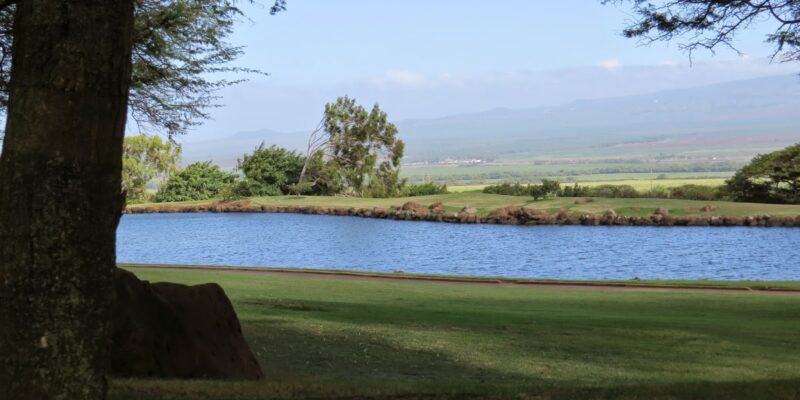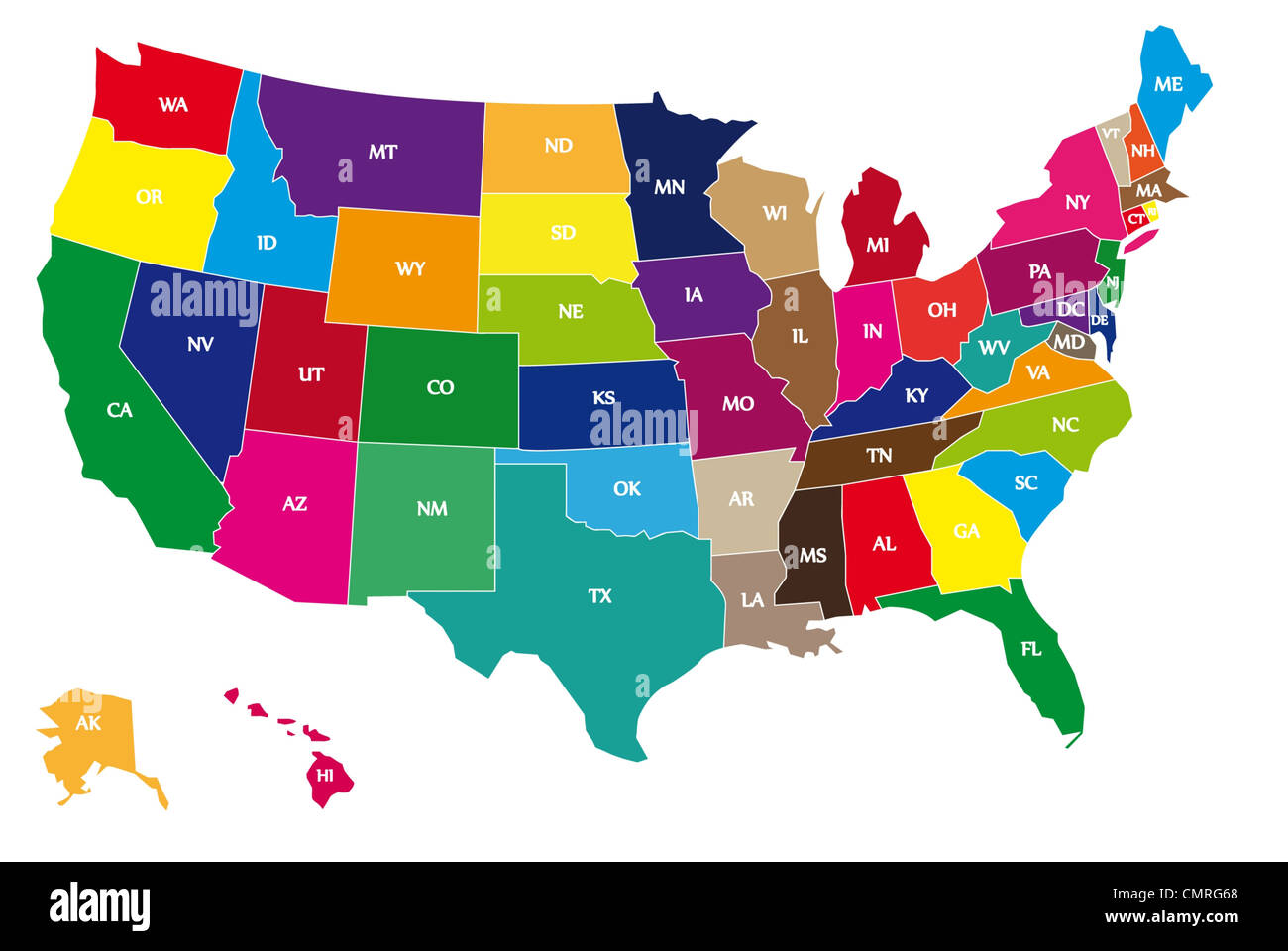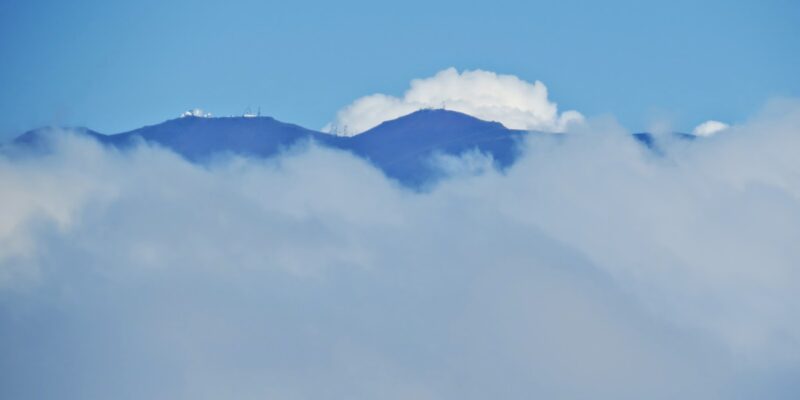
After over three months since we arrived in Cleveland, I am truly at a loss for topics to write about. As a result, I have been posting one less post per week. Today, when I sat down to begin, I scanned world news, searching for a travel-related topic that may appeal to our readers.
Alas, I was unsuccessful and ultimately decided to write a post unrelated to travel, perhaps not as unrelated as I thought. This topic could be relevant anywhere in the world and is significantly more likely to occur when traveling away from your familiar restaurants, coffee shops, and establishments.
Every morning in the past three-plus months since we arrived in Cleveland, Tom has brought back two cups of decaf coffee for me to enjoy with my breakfast. I add one tablespoon of unsweetened Nutpods creamer to each cup and a few drops of my favorite sugar-free sweetener for what tastes like a perfect cup of” joe” by my standards. I gave up caffeine several years ago.
Decaf coffee generally has a mild taste, nowhere near as strong tasting as regular coffee. Yesterday morning, I had one cup for about 30 minutes before heading downstairs to the fitness center. I noticed the coffee tasted somewhat bitter when I took the first sip, but I assumed whoever made it in the restaurant used too much coffee, which resulted in a bitter taste. How wrong was I????
Oddly, before I headed downstairs to the fitness center, I felt as if my blood pressure was high, and I used my device to check it before I headed down the elevator. It was higher than it has been since I stopped all the awful Afib drugs, 130/88, certainly not a concerning reading.
Once I started on the treadmill and increased the elevation, I felt my heart rate go through the roof. Then, it dawned on me, especially when I had to slow down the pace far below my usual settings….I was reacting to caffeine in the coffee! My senses were correct when the taste was off.
I had to slow down throughout the entire workout and cut it short by about two minutes because I was uncomfortably breathless and feeling out of sorts. Back in our room, I drank a few glasses of water, hoping that would help. And even last night, I slept horribly, tossing and turning all night.
After not having caffeine in any products or beverages for so long, I had this awful reaction. That’s not to say caffeine in coffee or tea is bad for most people in moderation. But, for those who’ve abstained for years, a single dose can have a profound effect.
This reminds me of how, when we’re traveling, I almost embarrass myself (and Tom) when ordering food and drinks, and I’m not given anything that may trigger a reaction. It’s not that I am allergic to many foods. It’s due to the choices I have made to avoid blood sugar spikes, which may be dangerous for those with heart disease and other inflammatory conditions, such as diabetes. If I didn’t eat a low-carb diet, I’d be a diabetic. I’ve avoided taking diabetic drugs by changing my diet over 13 years ago.
However, traveling presents some problems when servers, cooks, and chefs don’t fully grasp the significance of my requests. I attempt to be discrete in my description of how I’d like my food and drinks, and now, with lots of experience, I can express my desires with grace and ease.
But what about travelers who may become deathly ill from certain foods containing gluten, sugar, nuts, and other ingredients/ How are they supposed to protect themselves?
The most straightforward answer is to carry cards listing illness-inducing foods and beverages that can be handed out to servers, cooks, and chefs in restaurants, on cruises, and at other dining venues. For as little as $14.95 for 100 cards at VistaPrint, for example, or any other business card company, you can hand out a card to be delivered to the cooks/chef at any venue, having made sure to include your name, phone number and a little space to write your table number to ensure maximum safety.
Nothing horrible happens to me when I eat a serving of gluten, starch, or sugar. But, my preferences are essential to me over the long haul. But, for those who could have a life-threatening reaction, it is crucial to define your allergies clearly.
When we cruise, I have a single sheet with the restrictions I give the chef(s) to peruse each time they make a dish for me. So far, that works. Please remember that translating this list into the language of the country you are visiting is crucial. On cruises, generally, the chefs/cooks speak English. In those cases, you may prefer a printed page instead of business cards in various languages of countries you visit on a specific trip.
This morning, I visited the front desk to request decaf coffee for the little coffee maker in our room. I am not willing to risk losing an entire day feeling awful from drinking coffee with caffeine.
Be well.
Photo from ten years ago today, December 4, 2014:
|
|

























